The part of a flat surface on which the feet customarily rest The end of a rectangular table opposite the head coord A short footlike projection on the bottom of an object to support it transl A unit of measure equal to twelve inches or one third of a yard, equal toSee more ideas about club foot, club foot baby, feet Clubfoot (talipes equinovarus) is a birth defect in which the foot and ankle are twisted out of shape or position The usual clubfoot is a down and inward turning of the hind foot and ankle, with twisting inward of the forefootTypes of Clubfoot Club feet can be classified in three different ways – Etiological 1) idiopathic, 2) neurological 3) syndromic (related to an underlying syndrome) Severity wise 1 Postural CTEV 2 Structural CTEV Idiopathic 1benign (postural) feet, 2 moderate feet 3 stiff feet 4 very sever stiff stiff feet Signs and Symptoms of Clubfoot
Clubfoot Symptoms Stages Definition Description Demographics Causes And Symptoms Diagnosis
Club foot types in hindi
Club foot types in hindi-Home Club Foot India 50, 000 children in India are diagnosed with Clubfoot every year Clubfoot is a leading cause of physical disability worldwide Know More LUCKNOW Children born with club foot deformity now have a cure at Balrampur hospital The hospital will provide free of cost club foot correction braces to such kids at its club foot correction




Clubfoot Boston Children S Hospital
It is often found that this type of clubfoot is not in fact idiopathic after all and is secondary or syndromic "Atypical" Clubfoot this is a type of clubfoot dealt with in the advanced section of this course (chapter 15) It involves a foot that is often swollen, has a plantarflexed first metatarsal and an extended big toeBrowse 15,239 club foot stock photos and images available or search for clubfoot to find more great stock photos and pictures sister helping disabled baby brother club foot stock pictures, royaltyfree photos & images legs of girl in red canvas shoes on the grass club foot stock pictures, royaltyfree photos & imagesPage 1 of 9,993 results for club foot Hardik Pawar Management of club foot 30 slides chawala987 Club foot treatment 1 slide MONTHER ALKHAWLANY Idiopathic club foot 52 slides Surya Vijay Singh Club foot / CTEV 86 slides Ganesh naik Club foot 24 slides
Club (klŭb) n 1 a A stout heavy stick, usually thicker at one end, suitable for use as a weapon;Idiopathic or isolated clubfoot is the most common form of clubfoot deformity that is prevalent at the time of birth of a child This type of clubfoot affects one to four babies out of 1,000 live births This deformity is characterised by a stiff and rigid foot, and is very difficult to manipulateClubfoot is often classified as isolated or nonisolated Isolated clubfoot is the most common and is not associated with any other medical conditions Nonisolated clubfoot occurs in babies who have other conditions such as spina bifida or arthrogryposis
A case of epidermolytic hyperkeratosis is reported The patient had extensive verrucous scaling resembling porcupine man There was associated bilateral foot Clubfoot is a birth defect that causes a child's foot to point inward instead of forward The condition is normally identified after birth, but doctors can also tell if an unborn baby hasMatatarusus Varus In this the front of the foot is turned inwards Talipes Equinovarus Here the foot is turned inwards and downIn clubfoot, each child is likely to have some of each of the




Clubfoot Congenital Talipes Equinovarus Narayana Health




Club Foot Pathoanatomy Made Easy The Young Orthopod Youtube
Clubfoot is a birth defect affecting babies and is characterized by deformity of the foot A baby with clubfoot has his/her foot twisted It can affect one or both the feet, which point inwards and may even appear upside down The condition can affect one Fifty isolated clubfoot babies were included in the study group of which 32 were male and 18 were female23 babies had bilateral club foot, 18 had right sided and 9 had left sided club foot Results The Chr C>T type mutation is 226 times more likely to happen than the Chr C>T mutation group in Indian populationThe club foot or talipes involve ____types?
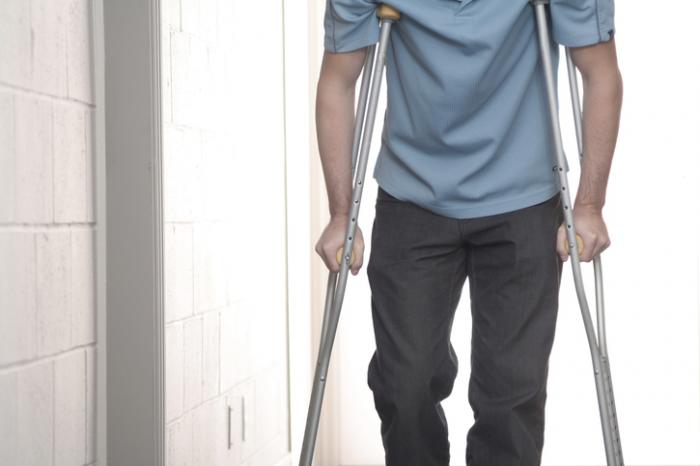



Clubfoot Causes And Treatments
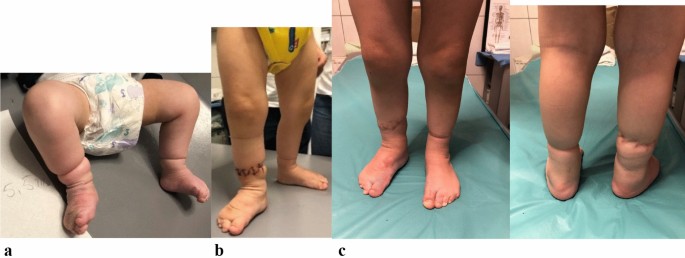



Clubfeet And Congenital Constriction Band Syndrome European Journal Of Medical Research Full Text
Idiopathic clubfoot means that the cause is unknown Secondary clubfootmeans a different disease or condition caused the clubfoot, such as neurological or syndromic disorders like Arthrogyposis or Spina bifida Positional Clubfoot means it is not a Types of Diseases On the basis of its nature, character and causes of its spreadness is of two types 1 Congenital Disease is the diseases which are present since birth These are caused due to Veterinarians can classify both congenital and acquired club feet as Type 1 (hoofground angle is 90 degrees or less) or Type 2 (hoofground angle




Clubfoot Congenital Talipes Equinovarus Narayana Health




Clubfoot Meaning In Hindi Clubfoot In Hindi Definition And Translation Englishsikho Com
Clubfoot doesn't cause pain, but if it's not treated, it can make it hard for a child to walk without a limp It's easy to correct in most cases, so most children don't have longlastingIndia Population 12 billion Estimated number of children with clubfoot born per year 30,000 Cure Clubfoot Worldwide (CCW), in association with local partners, has started programmes in the Indian states of Karnataka, Tamil Nadu and Bihar and the capital city, DelhiClubfoot definition congenital deformity of the foot Meaning, pronunciation, translations and examples
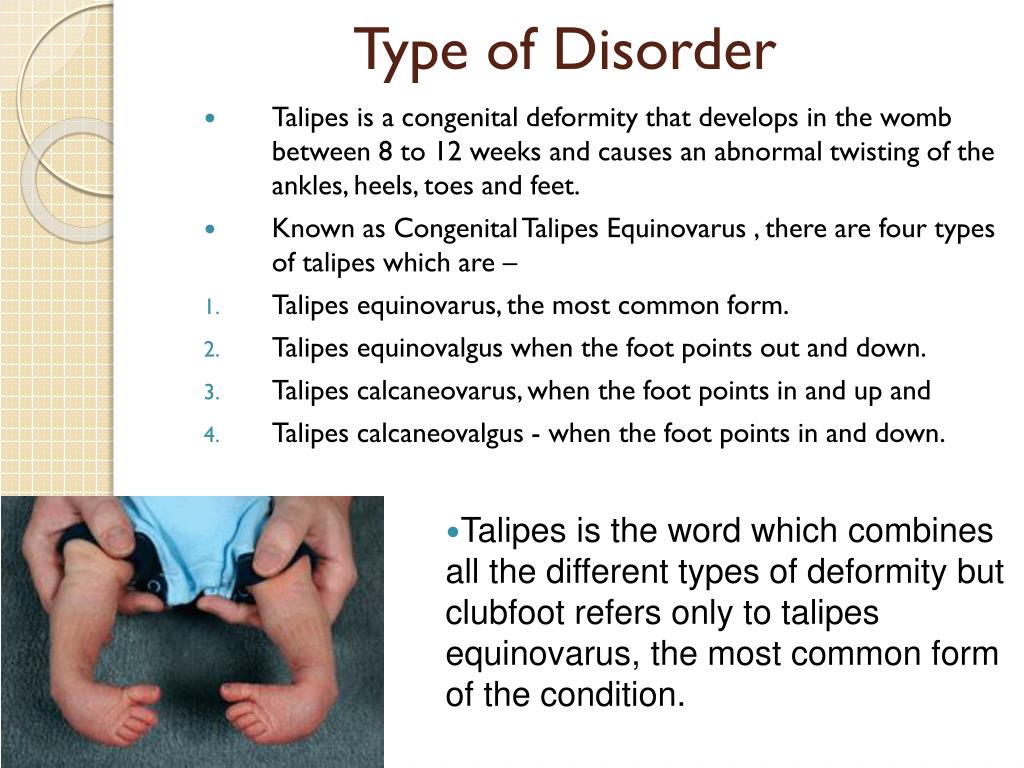



Ppt Club Foot Powerpoint Presentation Free Download Id
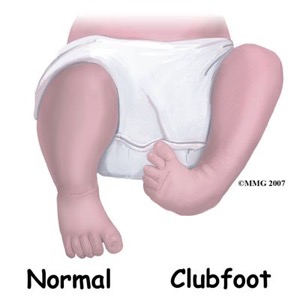



Clubfoot Awareness Week The Children S Physio
Clubfoot Treatment is a medical procedure / surgery that requires coordination between specialist surgeons, anesthetists and various other specialist medical professionals This type of Orthopedics procedure / treatment can be considered reasonably expensive, especially given the skill set, experience, training and equipment used by theMAYERROKITANSKYKÜSTERHAUSER SYNDROME TYPE II When the abnormalities that characterize MRKH syndrome type I occur in association with additional physical findings, the disorder is classified as MRKH syndrome type II or (Mu)llerian duct aplasia, (R)enal dysplasia and ervical (S)omite anomalies or MURCS association Clubfoot An Anatomical Abnormality Prevalence Clubfoot occurs in approximately 1 in 1,000 newborns affecting boys about twice as often as girls and includes several kinds of ankle and foot



Club Foot Treatment And Management Kerala




Basics Of Clubfoot Orthopaedicprinciples Com
Or clubfoot (ˌklʌbˈfʊt ) noun 1 a congenital deformity of the foot, esp one in which the foot is twisted so that most of the weight rests on the heel Technical name talipes 2 a foot so deformed 3 nautical a boom attached to the foot of a jibCerebral palsy (CP) is a condition that affects movement and muscle tone The exact cause, in many cases, is unknown, but the disorder occurs when there is abnormal development or damage to areas in the brain that control motor function CP develops in approximately three out of every 1,000 live birthsClub foot / CTEV 86 slides Ganesh naik Club foot 24 slides Muhammad Shoaib Club foot 66 slides Jyotirmayee Mandal Club foot 43 slides Sushil Pokhrel Club foot 56 slides NehaDalal14 Club foot ppt 16 slides ProfDrShaliBSMamata College of Nursing,Khammam,Telangana




Clubfoot




Clubfoot Talipes Equinovarus Symptoms Diagnosis And Treatment
Bollywood actor John Abraham on Monday launched a campaign to eradicate clubfoot, a health condition amongst children He said he is more than willing to associate himself with such causesIntroduction edit edit source Once the clubfoot has been corrected into a normal functional position by manipulation, casting and tenotomy it needs to be braced to keep it corrected and to stop relapse This is crucial for the future of the child and a lot of children deteriorate at this stage as they fail to wear the brace properly Congenital club foot in the human fetus A histological study J Bone Joint Surg Am 1980 Jan 62 (1)2 Scher DM The Ponseti method for treatment of congenital club foot Curr Opin Pediatr 06 Feb 18 (1)225 Hussain FN The role of the Pirani scoring system in the management of club foot by the Ponseti method



Clubfoot What Is Clubfoot What Causes Clubfoot Who Gets Clubfoot What Are The Symptoms Of Clubfoot



3
Foot deformity symptoms Foot deformities are a wide array of conditions that affect the bones and tendons in the feet A foot deformity can be as common as a bunion or a hammer toe, or rarer like fused toes (tarsal coalition), a club foot,Surgical correction of the neglected, and severely deformed clubfoot in the adult is necessary to achieve plantigrade, pain free, and cosmetically acceptable feet Also, it is important that the patient is able to wear shoes and participate in a more active and normal life Three adult immigrants wi Over 400 patients with burn injuries, club foot attend free medical camp Experts give hope to 9yearold acid attack victim A nostalgic ride Coolie No 1 ticks all the boxes



Club Foot In Infants Reasons Signs Remedies




Clubfoot Congenital Talipes Equinovarus Narayana Health
orthopedicsBone grafts and club foot (dromer barawe) 1 BONEGRAFTSBonegrafts are both osteoinductive andosteoconductive, ie they are able to stimulateosteogenesis, and they also provide linkage across defects anda scaffold upon which new bone can form Osteogenesis isbrought about partly by the activity of cells surviving on thesurfaceClubfoot causes and risk factors in hindi पैदा होने के बाद से ही टेढ़े हैं बच्चे के पैर, क्या सच में संभव है इस बीमारी का इलाजMeaning and definitions of talipes, translation of talipes in Hindi language with similar and opposite words Spoken pronunciation of talipes in English and in Hindi s for the entry "talipes" What talipes means in Hindi, talipes meaning in Hindi, talipes definition, explanation, pronunciations and examples of talipes in Hindi




Clubfoot Boston Children S Hospital
/GettyImages-530071715-5ba0369fc9e77c0025bb3886.jpg)



Flat Feet Symptoms Causes Diagnosis And Treatment
Clubfoot is a birth defect where one or both feet are rotated inward and downward The affected foot and leg may be smaller than the other Approximately 50% of cases of clubfoot affect both feet Most of the time, it is not associated with other problems Without treatment, the foot remains deformed, and people walk on the sides of their feet This may lead to pain and difficulty walking cinnamon and honey diabetes type 2 👨overweight In this article, the potential of improving glycemic control by using advanced insulin dosing strategies is analyzed based on outpatient data collected at the Hvidovre University Hospital for a small group of autoantibody negative, multiple daily injections (MDI), insulintreated T2D patientsThe article studies the Club foot, which is also known as talipes, is a condition in which a baby's foot or both feet turn in and under, according to the NHS the main type of treatment given is known as the



Talipes Calcaneovalgus




Clubfoot Congenital Talipes Equinovarus Narayana Health
Club Foot was a large livemusic venue in Austin, Texas, in the early 1980s Located downtown at the corner of 4th and Brazos Streets, it had a reputation as a punk rock venue for its support of local and touring punk bands, but it also booked a wide variety of other types of musicDr Scott R Greenberg Chronic Back Pain Club Foot Chronic Pain Types Of Chronic Pain Syndromes Medication Overuse Headache And Chronic Pain Eyes Hurt In Chronic Pain Back Of Lower Head Pain Relief For Fingers Sprained Wrist Pain Relief Chronic Low Back Pain And Anemia You Don T Realize How Much Pain You Have Been In Until ReliefA cudgel b An implement used in some games to drive a ball, especially a stick with a protruding head used in golf c Something resembling a club 2 Games a A black figure shaped like a trefoil or clover leaf on certain playing cards b A playing
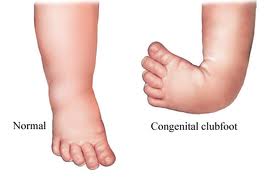



Introduction To Clubfoot Physiopedia
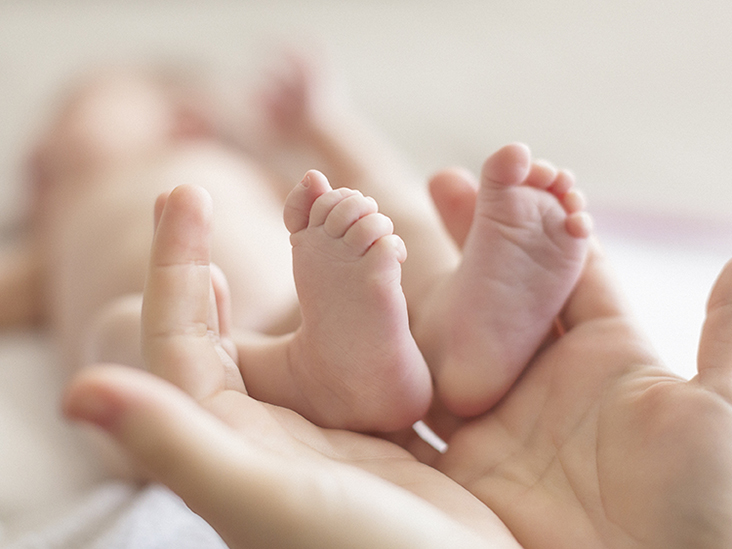



Clubfoot Awareness Week The Children S Physio
A Acquired type b Congenital type c a and b d None of the above 👉 Check AnswerMeaning and definitions of clubfoot, translation of clubfoot in Hindi language with similar and opposite words Spoken pronunciation of clubfoot in English and in Hindi s for the entry "clubfoot" What clubfoot means in Hindi, clubfoot meaning in Hindi, clubfoot definition, explanation, pronunciations and examples of clubfoot in Hindi




Club Foot
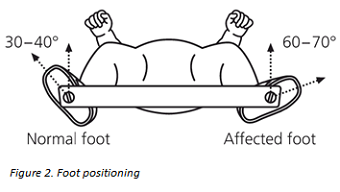



Kids Health Information Clubfoot Boots And Bar



1




Club Foot Pdf Foot Congenital Disorder
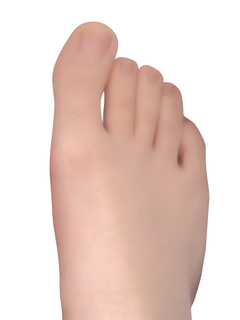



Toe Meaning In Hindi




Homeopathic Treatment Medicines Remedies For High Uric Acid Hyperuricemia Types Effectiveness And Risks
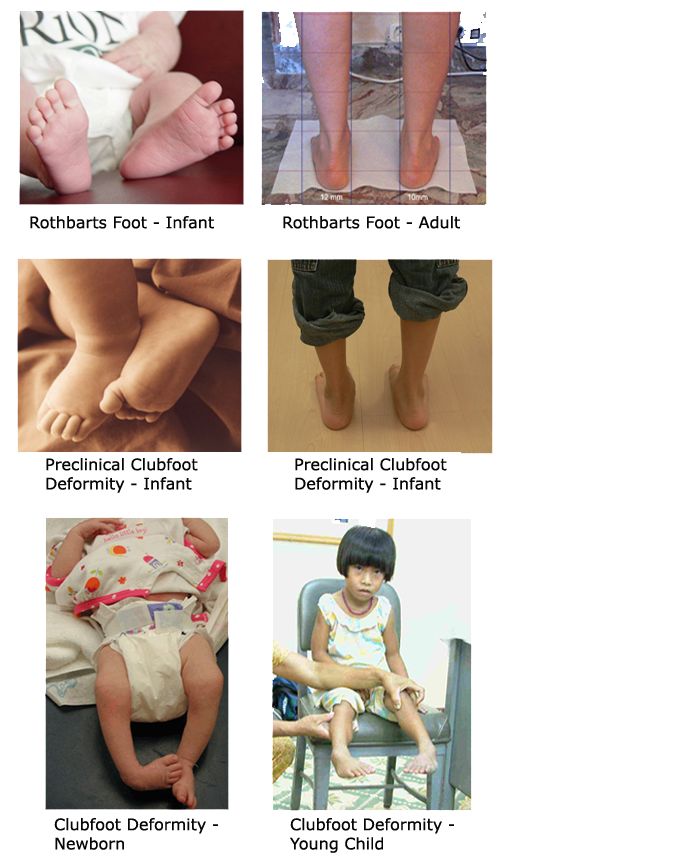



3 Embryological Foot Types Athlepedia The Athletics Wiki Fandom
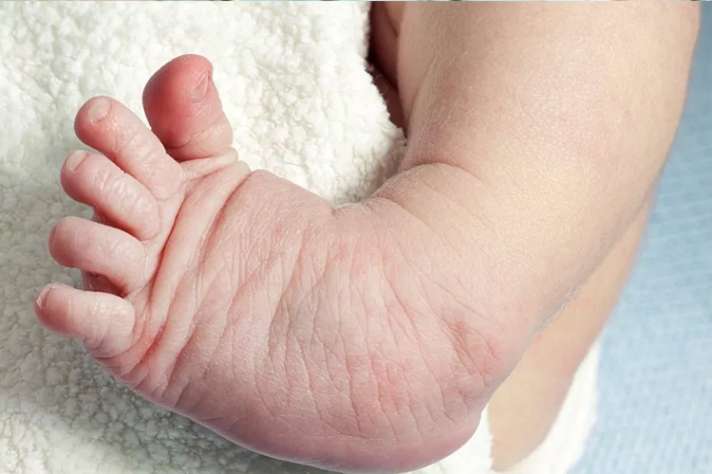



Clubfoot Symptoms And Causes द ड प ए ग क लब फ ट ब म र स प ड त बच च इस तरह करव ए इल ज India Tv Hindi News
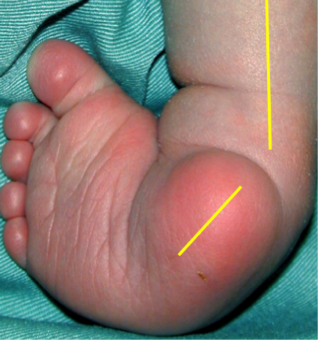



Assessing Children With Clubfoot Physiopedia




Clubfoot Its Types And Causes Simplified In Hindi Youtube




Clubfoot Johns Hopkins Medicine




Talipes Meaning In Hindi Talipes In Hindi Definition And Translation Englishsikho Com




Club Foot Talipes In Babies Causes Signs Treatment Youtube
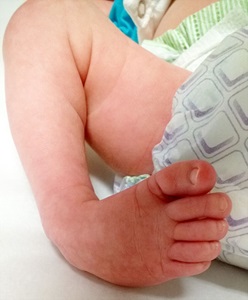



Clubfoot Johns Hopkins Medicine




Clubfoot Exercises Standinbaby
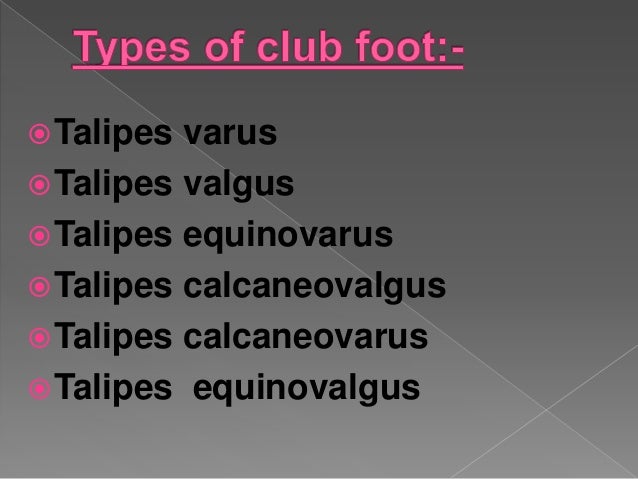



Club Foot
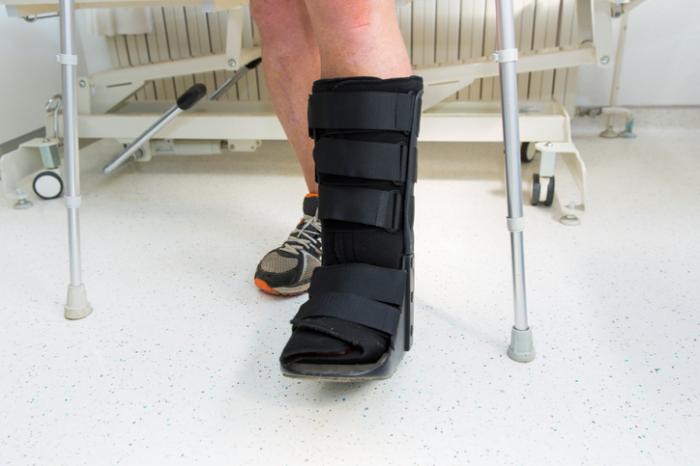



Clubfoot Causes And Treatments
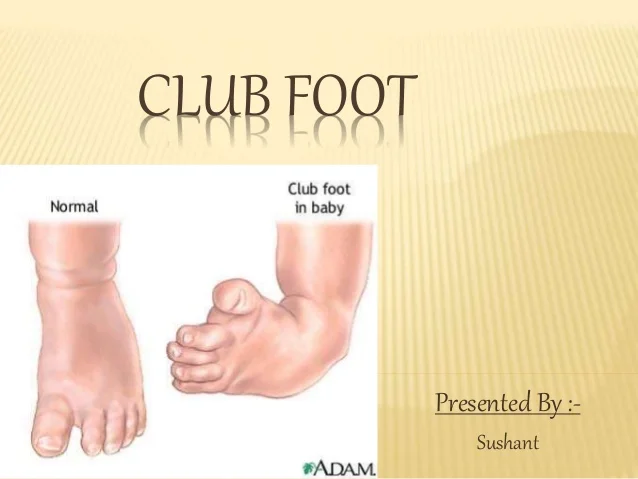



Club Foot
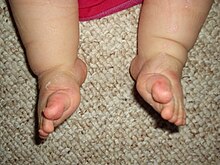



Clubfoot Wikipedia




Clubfoot Meaning In Urdu Phira Hua Paon پھرا ہوا پاؤں English To Urdu Dictionary



Clubfoot Symptoms Stages Definition Description Demographics Causes And Symptoms Diagnosis
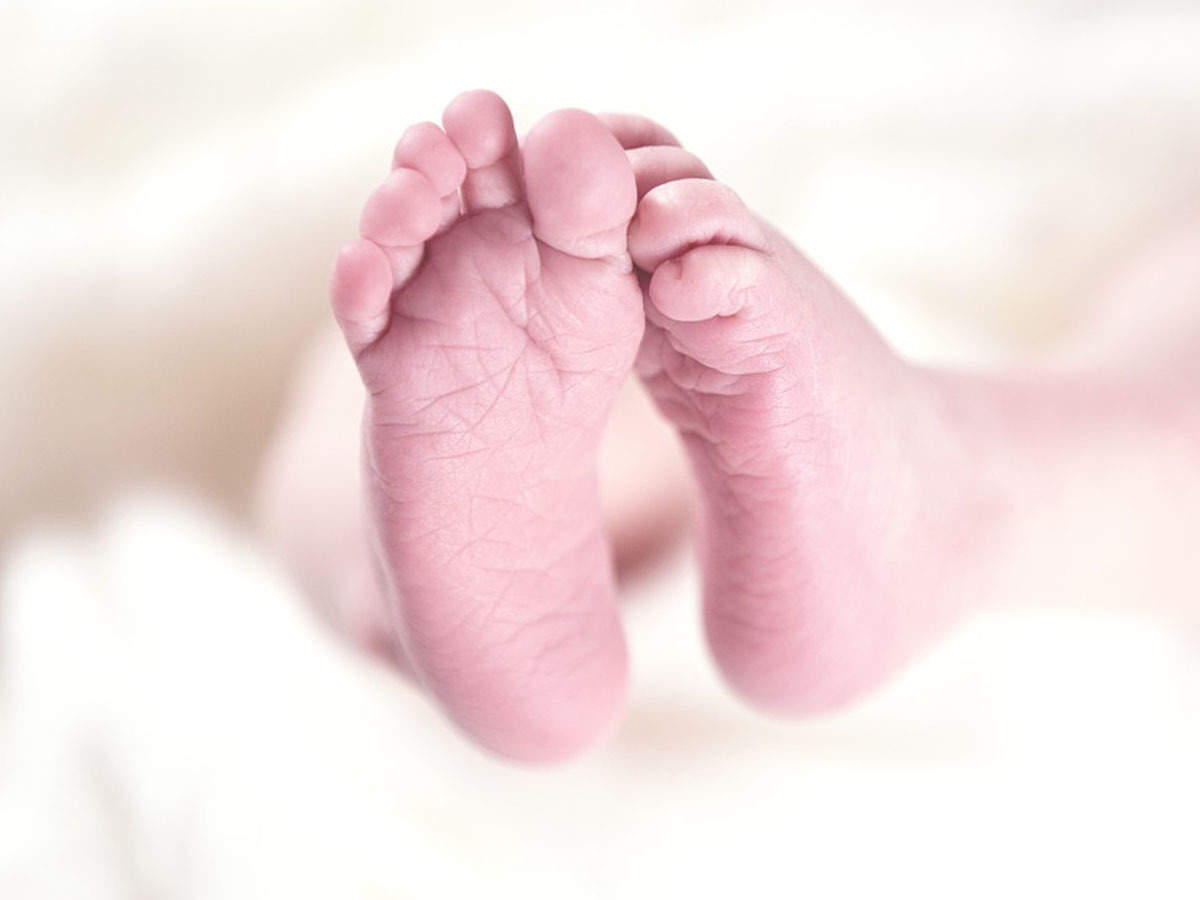



Clubfoot Symptoms Causes Risk Factors Treatment प द ह न क ब द स ह ट ढ ह बच च क प र क य सच म स भव ह इस ब म र क इल ज Navbharat Times




Foot Reconstruction Procedure Purpose Results Cost Price Indications Recovery




Clubfoot Exercises Standinbaby
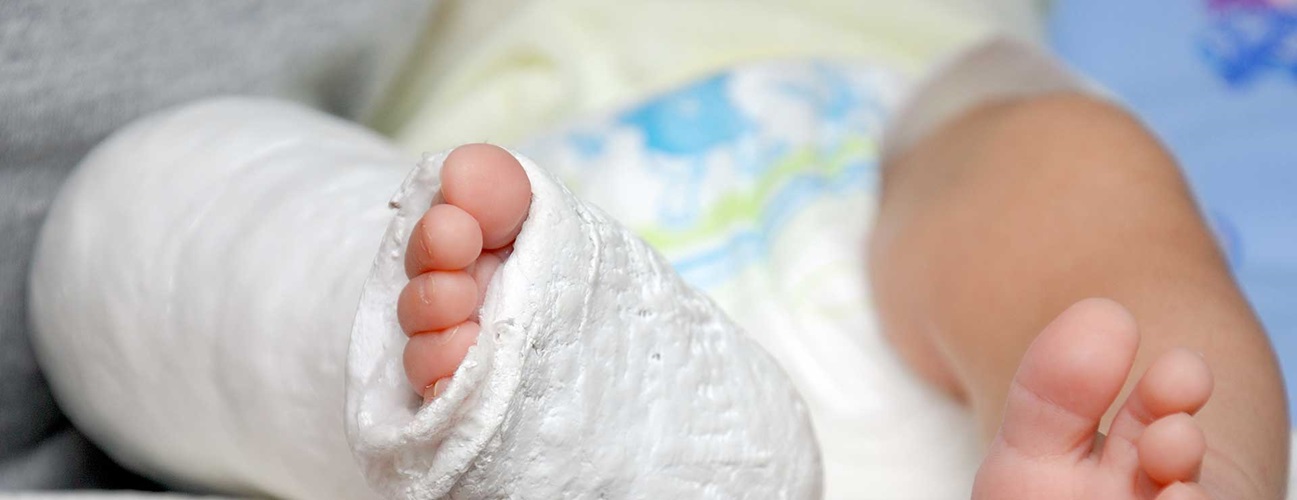



Metatarsus Adductus Johns Hopkins Medicine
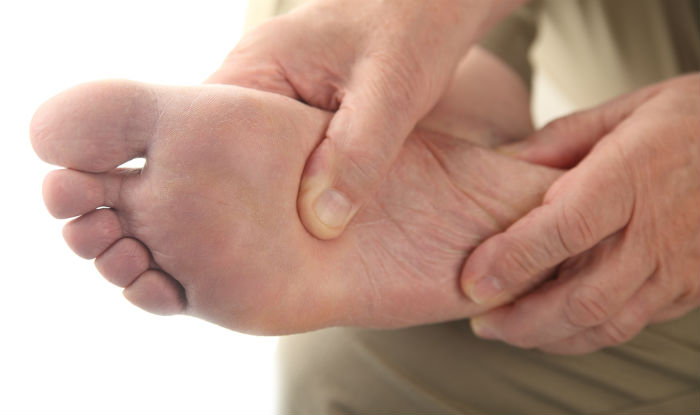



बच च म ह त ह Club Foot क समस य क य ह य ज न इसक इल ज What Is Club Foot Problems In Kids Causes Treatment Doctors Opinion Latest News Updates In




Pdf Congenital Clubfoot
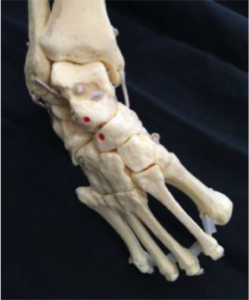



Assessing Children With Clubfoot Physiopedia




Bracing For Clubfoot Physiopedia
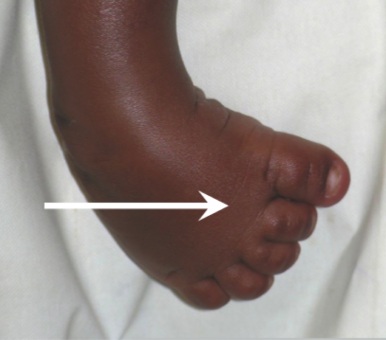



Assessing Children With Clubfoot Physiopedia



Vertical Talus Orthoinfo os
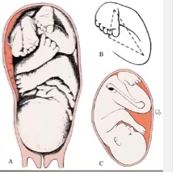



Introduction To Clubfoot Physiopedia
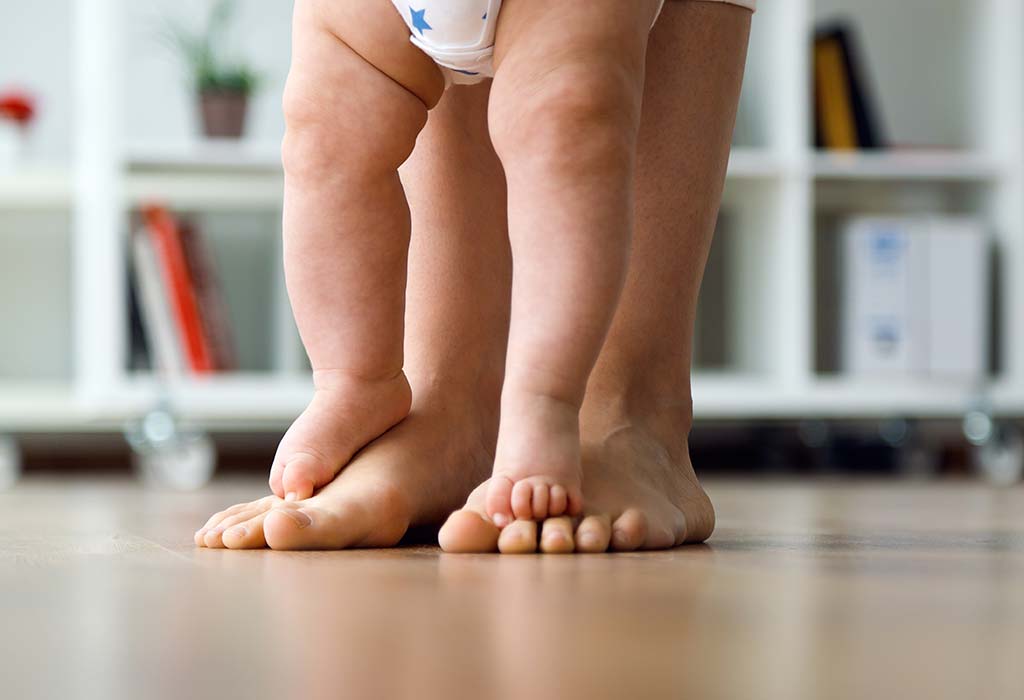



Baby S Feet Developmental Stages Foot Problems Care
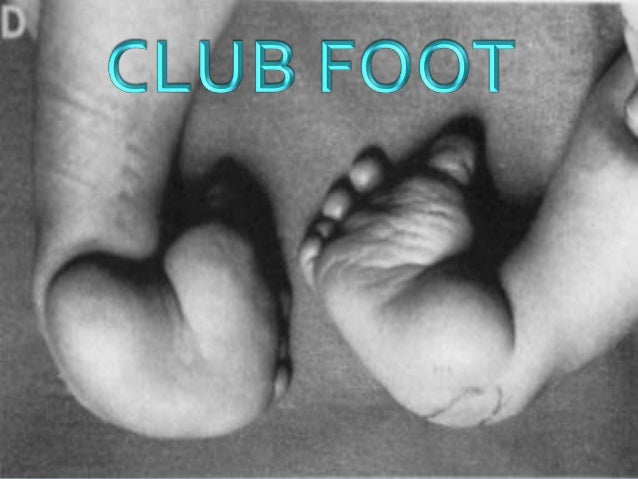



Club Foot




Clubfoot Meaning In Hindi




Clubfoot Its Types And Causes Simplified In Hindi Youtube




बच च म क लब फ ट प र म ड ह न क समस य इल ज व जट लत ए Clubfoot In Babies In Hindi




Clubfoot Boston Children S Hospital




Club Foot Congenital Talipes Equinovarus About Club Foot Patient




Clubfoot Its Types And Causes Simplified In Hindi Youtube
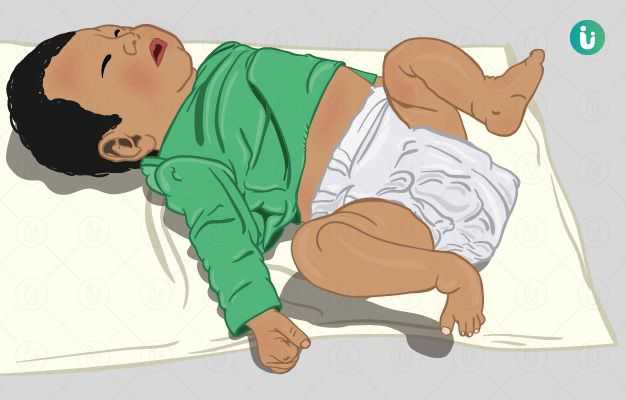



Clubfoot Symptoms Causes Treatment Doctor Medicine Prevention Diagnosis




Clubfoot Wikipedia




क लब फ ट क लक षण क रण इल ज दव उपच र Club Foot Ke Karan Lakshan Ilaj Dawa Aur Upchar In Hindi




Clubfoot Symptoms Causes Risk Factors Treatment प द ह न क ब द स ह ट ढ ह बच च क प र क य सच म स भव ह इस ब म र क इल ज Navbharat Times




Club Foot Akron Children S Hospital Video Youtube



1
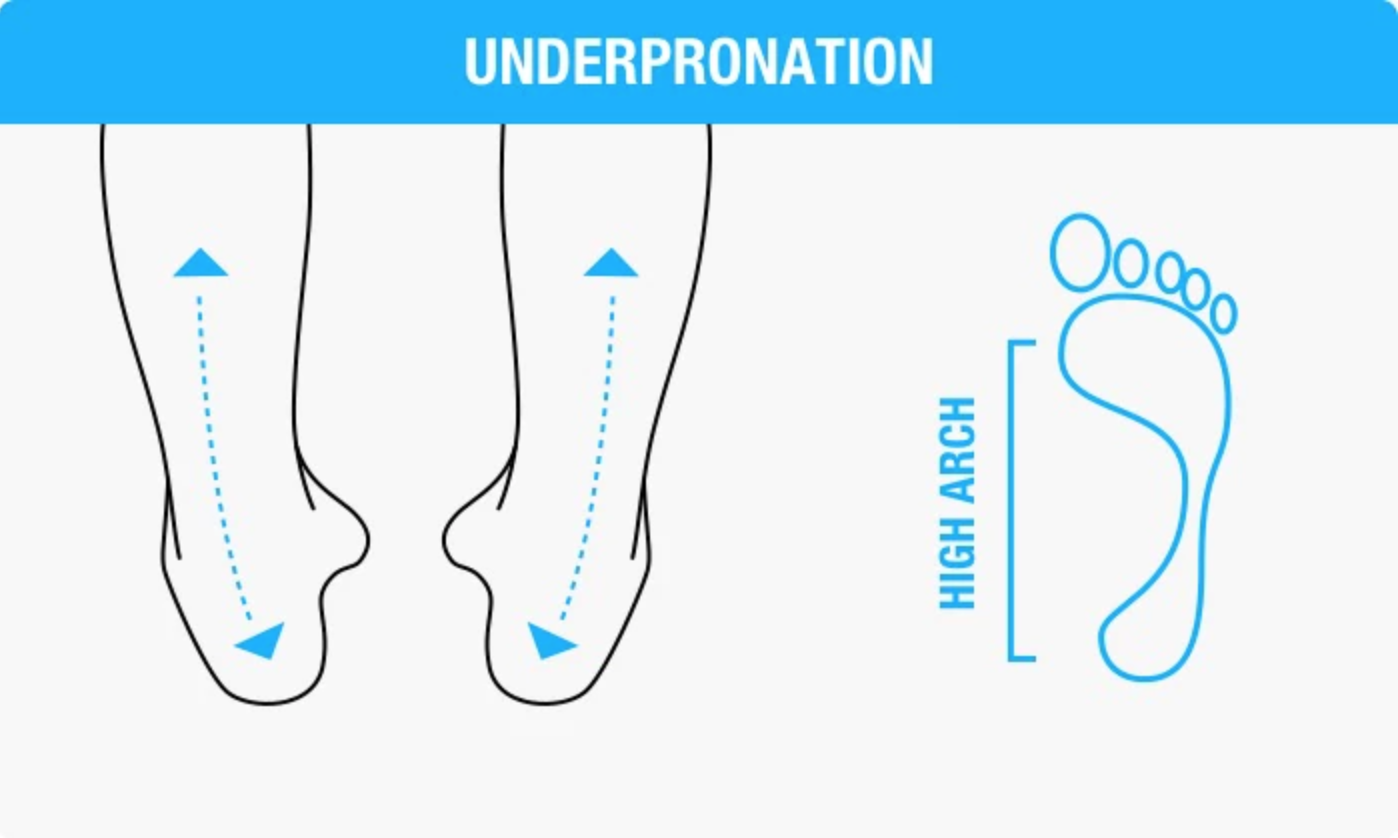



Pronation Guide Finding The Right Shoes Asics India
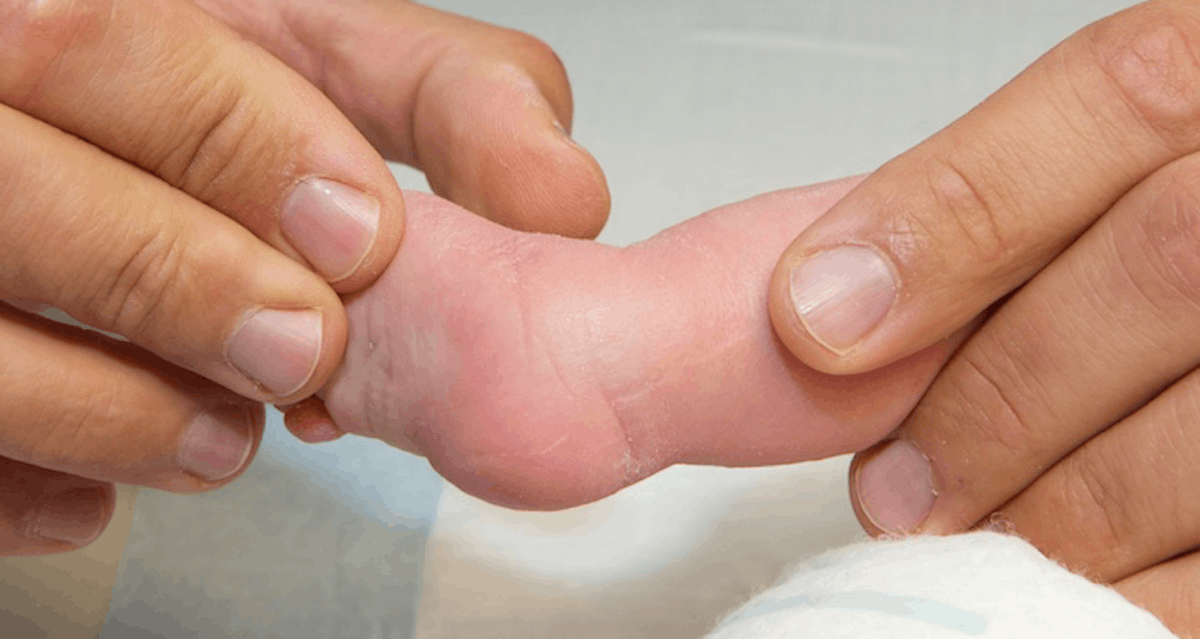



Clubfoot Clinic Akron Children S Hospital




Clubfoot Flip Ebook Pages 1 Anyflip Anyflip
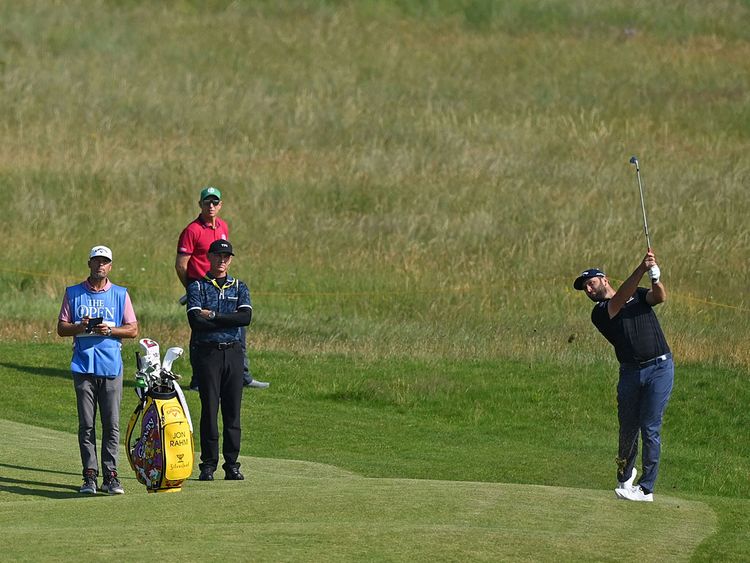



The Open 21 World No 1 Golfer Jon Rahm Reveals He Was Born With Club Foot Golf World Gulf News




Clubfoot Causes And Treatments
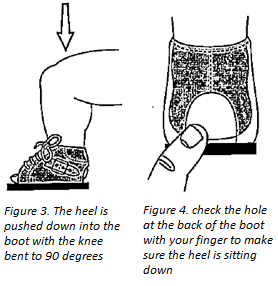



Kids Health Information Clubfoot Boots And Bar




Club Foot




Foot Deformities Knowledge Amboss
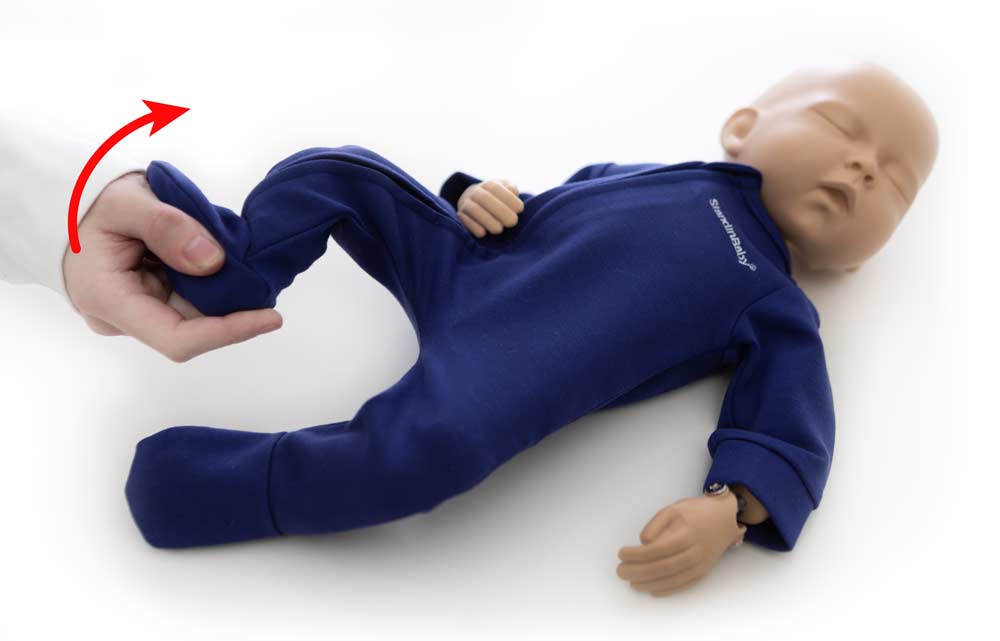



Clubfoot Exercises Standinbaby




Congenital Clubfoot Genetic Disorders Types Of Clubfoot




Massage Therapy Works From 54 90 Fairfax Va Groupon
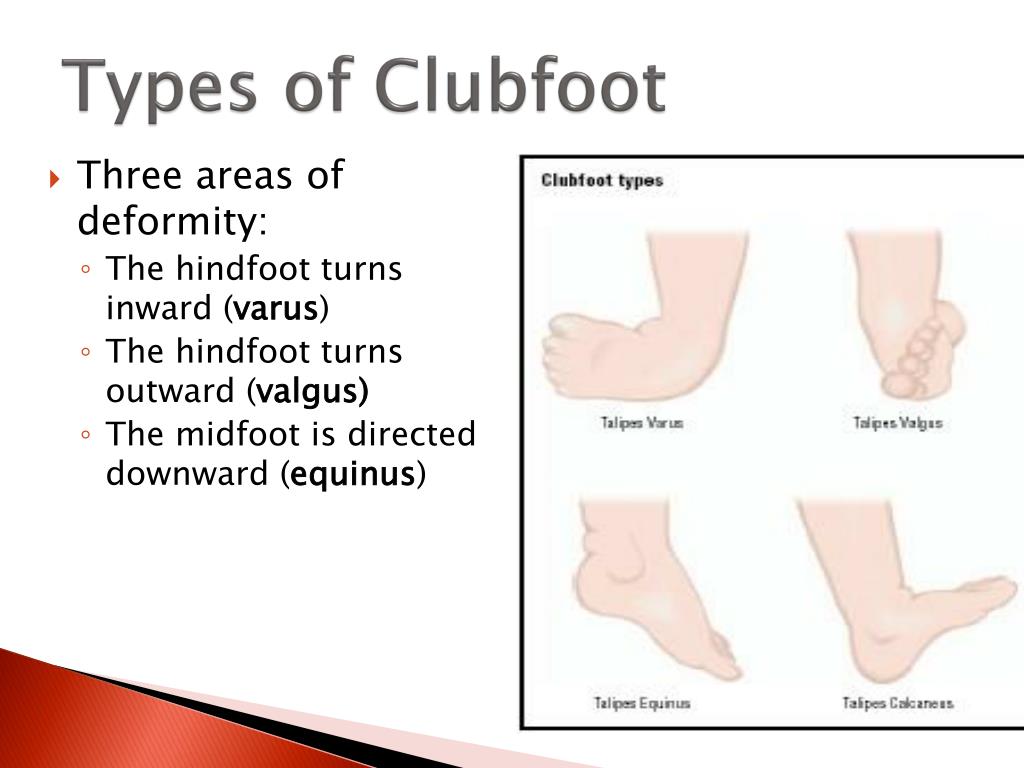



Ppt Musculoskeletal Powerpoint Presentation Free Download Id




Clubfoot Exercises Standinbaby




Clubfeet And Congenital Constriction Band Syndrome European Journal Of Medical Research Full Text




Pdf Congenital Clubfoot




Clubfoot Meaning In Hindi Clubfoot In Hindi Definition And Translation Englishsikho Com




Clubfoot Its Types And Causes Simplified In Hindi Youtube




Clubfoot Its Types And Causes Simplified In Hindi Youtube




Flatfoot Pes Planus Treatment Symptoms Shoes
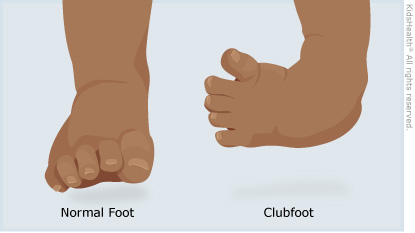



Clubfoot For Parents Nemours Kidshealth




Pdf Congenital Clubfoot




Ppt Club Foot Powerpoint Presentation Free Download Id




Clubfoot Symptoms Causes Risk Factors Treatment प द ह न क ब द स ह ट ढ ह बच च क प र क य सच म स भव ह इस ब म र क इल ज Navbharat Times




How To Do Clubfoot Stretches Nemours Kidshealth Youtube




Clubfoot In Hindi क य क लबफ ट क स थ य इल ज स भव ह Ck Birla Hospital




Clubfoot Exercises Standinbaby




Orthopedic Clubfoot Care Youtube
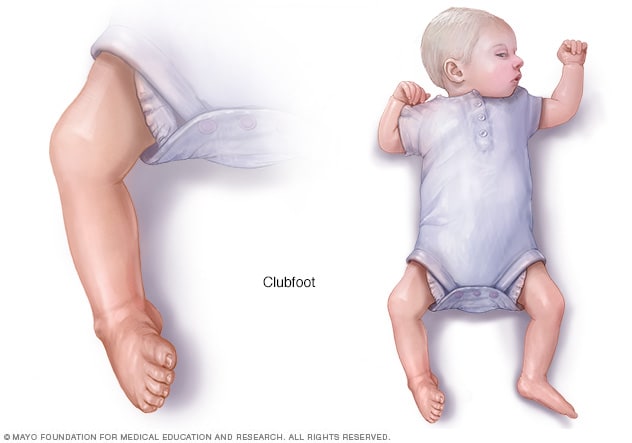



Clubfoot Symptoms And Causes Mayo Clinic
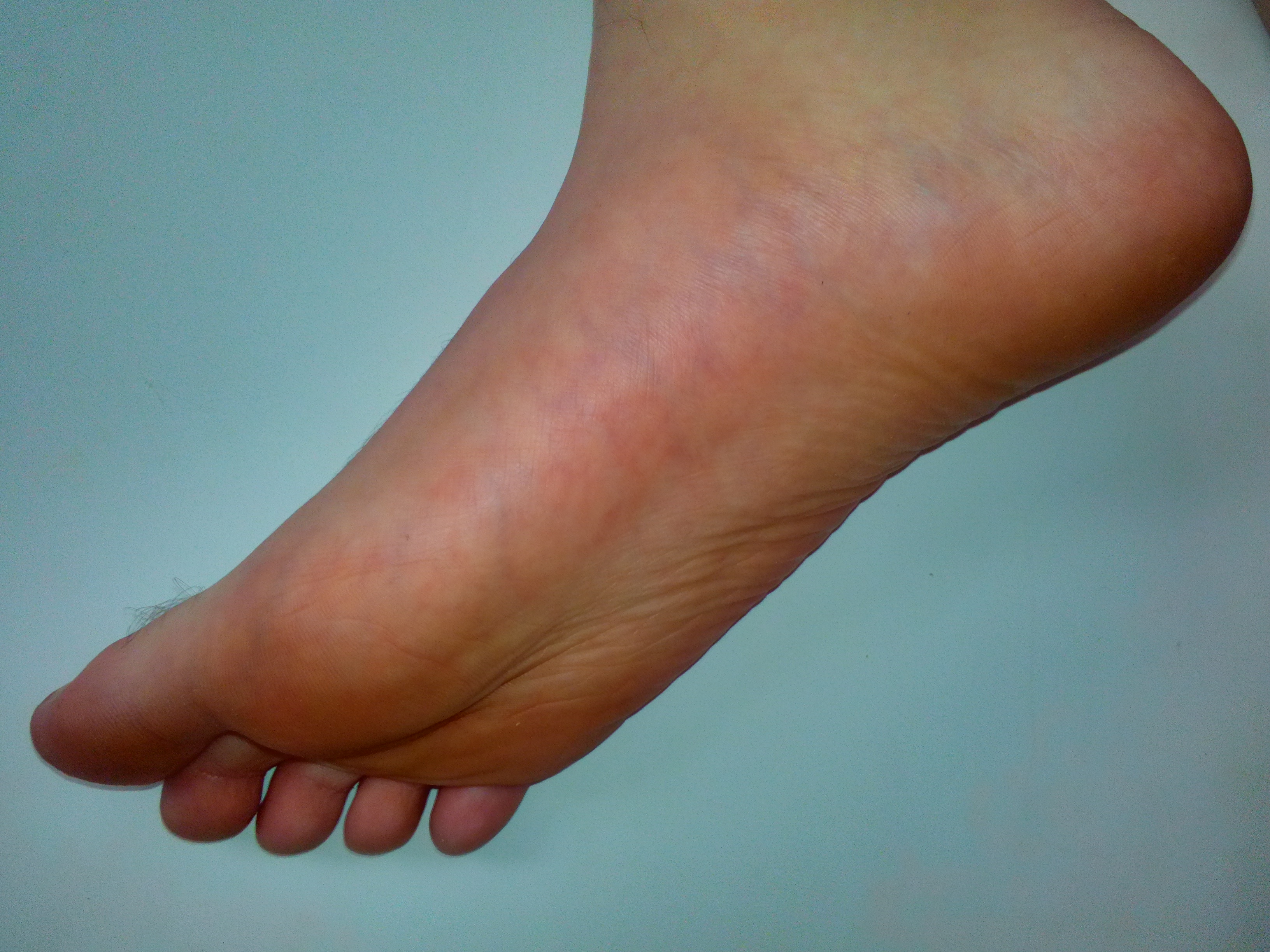



Foot Wikipedia
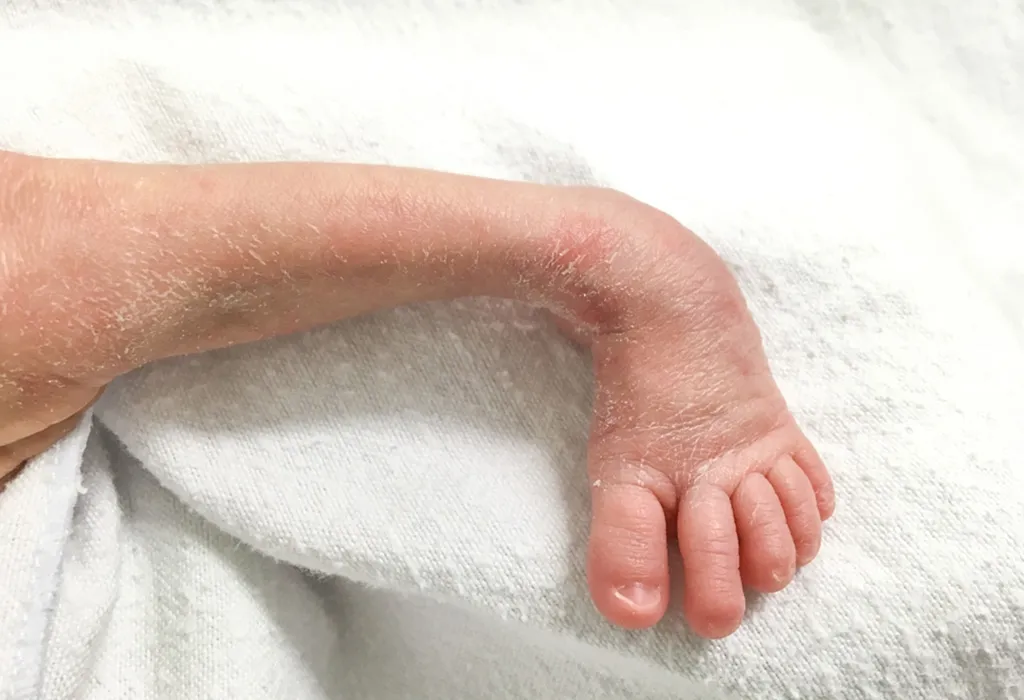



Club Foot In Infants Reasons Signs Remedies




By Cassie Maier What Is Club Foot Club Foot Is When One Or Both Babies Feet Are Turned Inward And Downward And Cannot Be Put Into Normal Position Easily Ppt Download
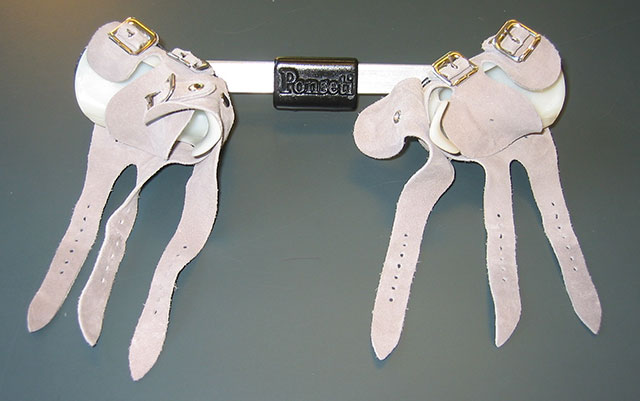



Clubfoot Johns Hopkins Medicine




15 Tips To Get Pregnant Fast In Hindi 15 Jald Conceive Karne Ke Upay By 1 Wajan Ghatane Ka Sahi Tarika Weight Loss Methods In Hindi व ट ल स करन क




Caring For Your Child S Feet Babycenter India




Know About Club Foot ज न ए क लब फ ट क ब र म क य ह त ह य समस य क य ह इसक उपच र Patrika News
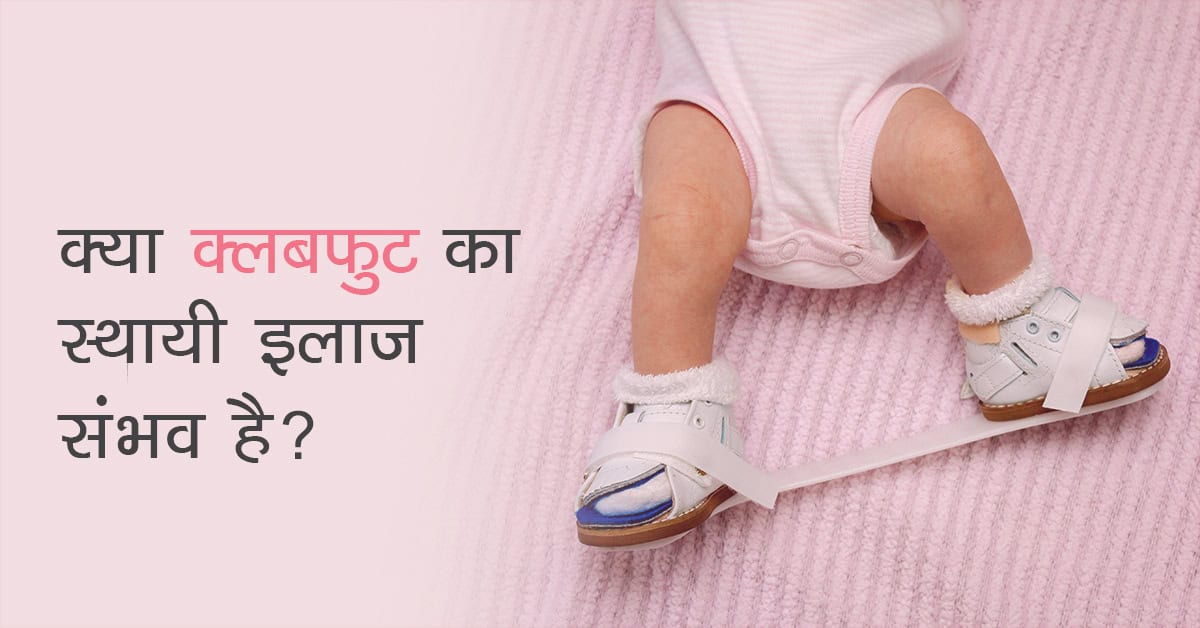



Clubfoot In Hindi क य क लबफ ट क स थ य इल ज स भव ह Ck Birla Hospital



0 件のコメント:
コメントを投稿